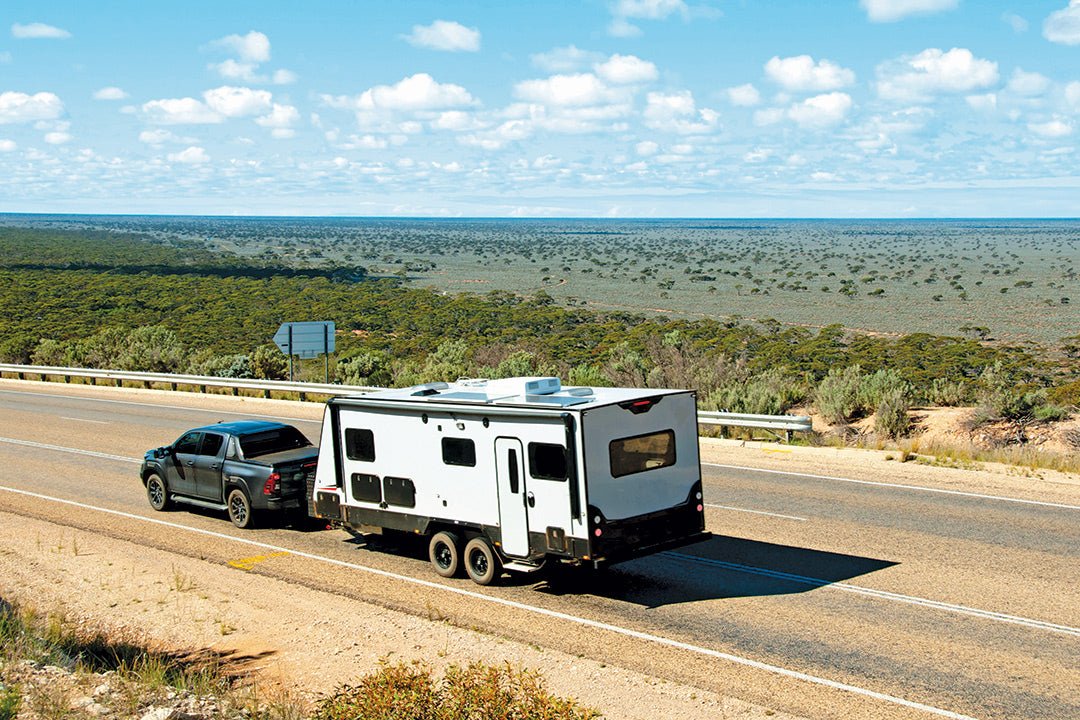

In this article, David answers a question about why a van’s batteries keep going flat.
Hey 12V Guru,
Love the column! I don’t understand much about batteries and my mate is complaining that his batteries keep dying. He doesn’t have fancy lithium ones and his van is about 10 years old with what appears to be just a charger and some fuses under the bed. Any thoughts on what could be going on?
Allan W Mount Jagged, SA
Hi Allan,
This is a great general interest question and will help many maintain the longevity and efficiency of their RV’s battery setup. The reason the battery is regularly going totally flat will be due to it being left uncharged for so long that it has drained itself or there is a load connected but no low voltage disconnect device is installed. Consequently, as the battery voltage has dropped to such a low critical level, even a smart battery charger will not be able to recharge it and you can consider it ‘dead’. One of the most effective ways to protect your RV batteries from premature failure and ensure they are always ready for use is by installing a Low Voltage Disconnect (LVD) device. This is normally done one of two ways.
Firstly, upgrade the charger to a Power Management System such as the BMPRO BP35HA which has LVD capabilities built in. The benefit of one of these types of systems is that when the voltage reaches the first threshold it will disconnect particular loads but leave other essential loads such as screens and controllers with power. If the battery is not recharged and the battery continues to be drained of energy, the power management system will disconnect all loads from the battery to stop it from being damaged.
The second method is to install a low voltage disconnect device which is an automated switch designed to protect your batteries by disconnecting them from non-essential loads when the voltage drops below a certain pre-set threshold. Essentially, it serves as a guardian for your battery, preventing these deep discharges that can lead to irreversible damage. These are known as voltage sensitive relays. They are normally used to protect a second battery in a dual battery setup; however, they work just as effectively in these circumstances where the battery is connected to loads. Its primary function is to monitor the battery voltage continuously. When it detects that the voltage has dropped to a critical level, it will open an internal relay and this disconnects the battery from these connected loads, ensuring that the battery does not discharge beyond the point of no return. Once the battery voltage rises to a safe level again, the LVD device (relay) reconnects the loads, allowing normal operation to resume.
The most significant benefits of using a LVD device is the extension of your battery’s lifespan. Deep discharges are a common cause of battery failure, as they can lead to sulphation — a process where lead sulphate crystals form on the battery plates, reducing capacity and efficiency. By preventing deep discharges, a LVD device helps maintain the health of the battery, ensuring it lasts longer and performs better.
The cheapest option here is to purchase one of these devices from a local electronics store and install it between the battery and the loads. It is a simple DIY job, and you can save on changing the charger if it is still a reliable unit. They can be integrated into your existing electrical system with minimal modifications.
Investing in a LVD device can lead to significant cost savings in the long run by protecting from deep discharges and premature failure, and it reduces the need for frequent battery replacements. More importantly though, knowing that your batteries are protected from deep discharges gives you peace of mind especially if you are not connected to AC power at the local caravan park or off-grid.
Safe travels!
12V Guru
THE NEXT STEP
If you want to learn the latest caravan news, find the most innovative new caravans and camping gear or get inspired to plan your next adventure to some of Australia's best getaway destinations, subscribe to our weekly newsletter. We promise to send you only the best content.
Related articles:
Prepare to go off-grid: A guide to power management
Australia’s Ultimate Power and Battery Management Solutions: BMPRO







